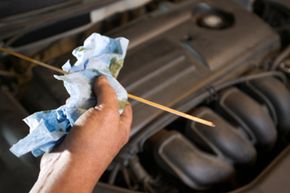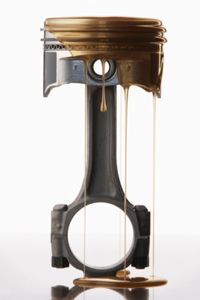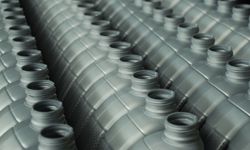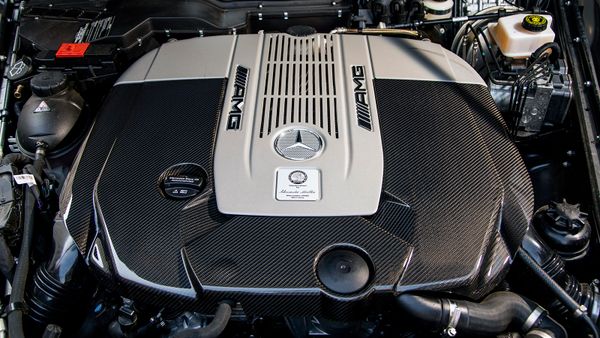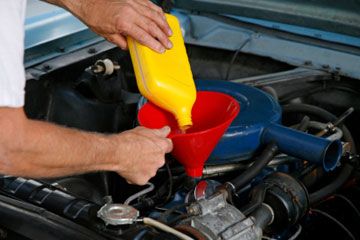If you know one thing about car maintenance, you know that you have to change the oil regularly. What you probably don't know is where the oil goes, what the oil is actually oiling, or why it has to be changed all the dang time.
The number one function of oil in the engine is exactly what you'd expect: It keeps things moving. Just imagine the eardrum-piercing sounds of metal pistons screeching up and down inside a dry cylinder. Shudder.
Advertisement
Unlike the ads for various drugs on television, there are several pleasant side effects of keeping the engine lubricated with oil. There's less friction, which means the engine has to make less of an effort to keep chugging along. That in turn means it can skate along on less fuel and run at a lower temperature. And all of this means less wear and tear on the moving engine parts. Keeping clean oil in the system means your engine is happy, which means your wallet is happy. Everybody wins!
Don't be fooled by the word "lubrication," however. Sometimes, when you pull into the bay at your local quick lube shop, they suggest you need a "lube job." That's not an oil change. That's oiling up a squeaky chassis and suspension system, neither of which share oil with the engine lubrication system. "Squeaky Chassis" would make an excellent band name, by the way.
Advertisement
